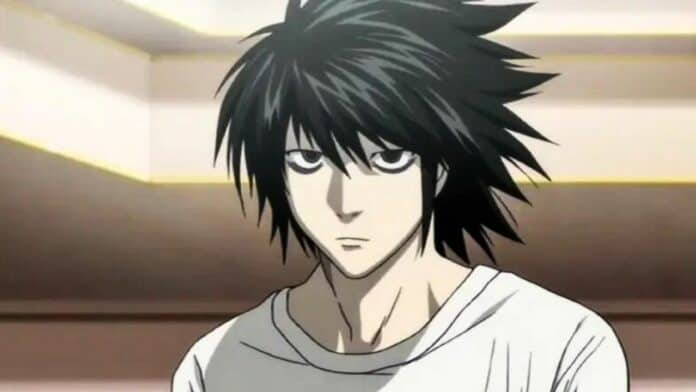In “Death Note,” a manga and anime series created by Tsugumi Ohba and Takeshi Obata, the character L stands out as an enigmatic and highly intelligent detective.
Renowned for his deductive prowess, L’s techniques in unraveling the mysteries surrounding the series’ central conflict are integral to the narrative. This article analyzes L’s deductive methods in “Death Note,” exploring how his analytical skills drive the story and add complexity to his character.
The Art of Deduction: L’s Approach
L’s approach to solving the mystery of the Death Note and uncovering the identity of Kira (Light Yagami) is marked by a combination of traditional and unconventional deductive techniques.
His methods are grounded in logical reasoning, critical thinking, and a deep understanding of human psychology. L frequently employs deductive reasoning, starting from general observations and narrowing them down to specific conclusions.
Psychological Profiling
One of L’s key strategies is psychological profiling. He builds a profile of Kira based on the patterns of the murders and the psychological implications of the killer’s actions.
His ability to get into the mind of Kira allows him to anticipate and counteract Kira’s moves, making psychological profiling a vital tool in his investigative arsenal.
Hypothesis Testing and Logical Traps
L often uses hypothesis testing, setting up scenarios to observe reactions or gather information. An example of this is when he uses a televised broadcast to determine Kira’s location.
L is not afraid to employ risky tactics, setting logical traps to force Kira into making mistakes. These methods demonstrate his willingness to venture into gray areas to achieve his goals.
The Use of Technology and Resources
L utilizes advanced technology and resources available through law enforcement agencies worldwide. He employs surveillance, data analysis, and other technological tools to gather evidence and track Kira’s movements.
His ability to harness technology effectively is a testament to his adaptability and modern approach to detective work.
Collaboration and Teamwork
Despite his solitary nature, L recognizes the importance of collaboration and teamwork. He assembles a team of investigators and works closely with them, although he maintains a level of secrecy and control.
His interactions with the team, especially with Light Yagami, are marked by a mix of cooperation and underlying suspicion, adding a layer of complexity to his investigative process.
Intuition and Creative Thinking
His methods are not solely based on logical reasoning; he also relies on his intuition and creative thinking. His ability to think outside the box and consider unconventional possibilities allows him to stay one step ahead of Kira.
L’s intuition often guides him in situations where evidence and logic provide limited insights.
Ethical Considerations in L’s Methods
L’s deductive techniques raise questions about ethical considerations in law enforcement. His willingness to use morally ambiguous methods, such as deception and manipulation, blurs the lines between right and wrong.
This aspect of his character highlights the moral dilemmas inherent in the pursuit of justice, especially when dealing with a case as complex as Kira’s.
The character is defined by his remarkable deductive skills and innovative methods. His approach to solving the Kira case combines logical reasoning, psychological profiling, technological prowess, and intuitive insights.
L’s techniques not only advance the plot but also contribute to the intellectual depth of the series, making his battles with Kira as much a clash of wits as a conflict of ideologies.
Through his character, “Death Note” explores the intricacies of detective work and the ethical challenges that come with it, making L a quintessential figure in the realm of fictional detectives.
Also Read: The psychology of Light Yagami: A hero or a villain?

